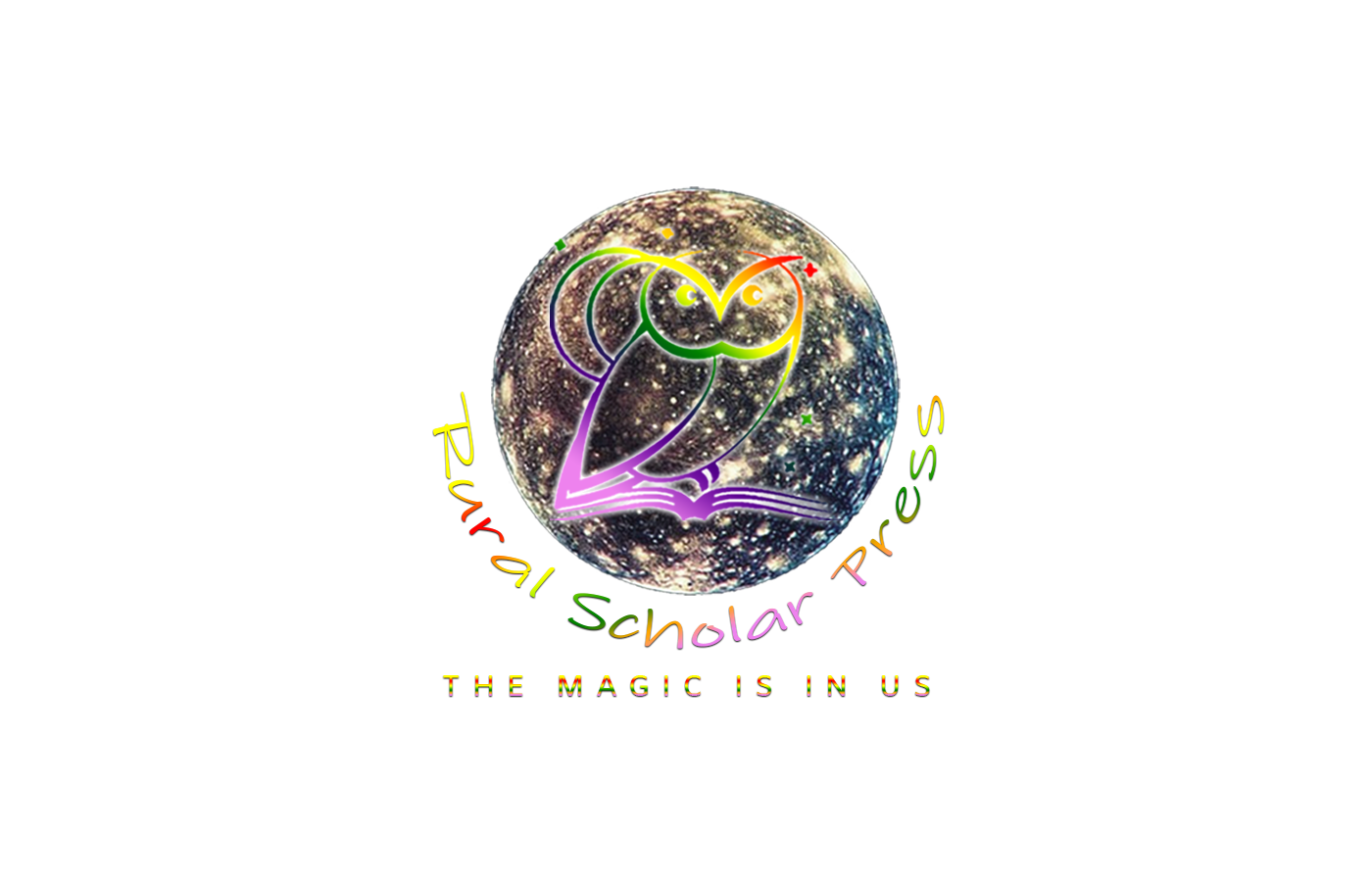This post relates to the dream I shared in “Why I Write.”
 In the sixth year of my Ph.D. program (see About me), having completed my dissertation, I delivered a paper at the EASST (European Association for the Study of Science and Technology) conference in Lausanne, Switzerland. My presentation was titled “The Right to Design: Computer Skills, Identity and the Imaginaries of High Schoolers,” related to the association’s intention of considering impacts on society and the environment when contemplating use of science and technologies.
In the sixth year of my Ph.D. program (see About me), having completed my dissertation, I delivered a paper at the EASST (European Association for the Study of Science and Technology) conference in Lausanne, Switzerland. My presentation was titled “The Right to Design: Computer Skills, Identity and the Imaginaries of High Schoolers,” related to the association’s intention of considering impacts on society and the environment when contemplating use of science and technologies.
My talk focused mainly on an EAST program in a large San Diego high school where I’d observed students gaining a sense of themselves as they were empowered to help heal the earth with advanced technologies, in projects such as saving a stream bed in their local area.
The conference took place at the University of Lausanne, with Lake Geneva stretching out from the ancient town like a sea.  I found it ironic that the university buildings imitated a factory, considering the topic.
I found it ironic that the university buildings imitated a factory, considering the topic.
The last night of the conference, some of us rode by train to the city center to a dinner and amazing performance art in tents set up for the occasion.
The day after, I hiked in Swiss vineyards with three Austrian scholars.
The hostel was packed with Olympic competitors in bike and triathlon events. Most evenings we went to the lake shore where swans marauded for food.
Presenting at this international conference in Europe did a lot for my soul at the time, when I was losing confidence regarding my abilities and aims. I believe that infusion of life was evidenced in dreams afterward. Like “Renaissance Woods,” I have a numinous dream feeling I can only call my Europe feeling. Besides some connotations based on travels—perhaps the beauty of old building, desired vacation destination, class, quality—I believe this dream sense is infused with ancestral connection, something very old and cellular. In Why I Write, I described an Englishman who gave me a sense of being known and loved. He might be called an animus figure. Shalit (2002) depicts a woman’s dream animus as a psychopomp, a guide toward soul. Jung (1953/1990) called the creative animus a soul-figure standing for life itself. He wrote of a collective unconscious with memories that extend to the beginning of human existence. I believe our ancestral knowing is located along that continuum, in those deeply stored recesses of our psyche.
I share this in part to track the process that led to my fiction writing and some of the reasons underlying the content.




